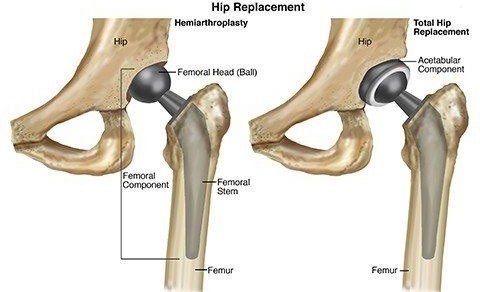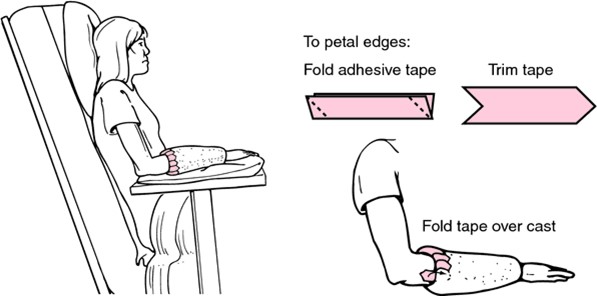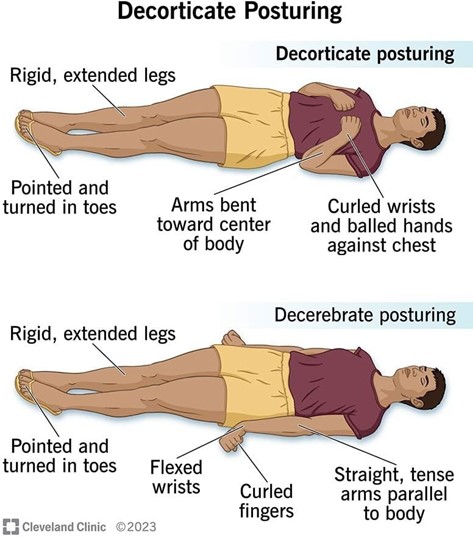A nurse is assisting a client who is postoperative following a total hip arthroplasty into a supine position. Which of the following actions is appropriate to prevent hip dislocation?
Place a trochanter roll against the thigh.
Place a sandbag to the lateral calf.
Place a wedge pillow between the legs.
Place a footboard on the bed.
The Correct Answer is C
An appropriate action to prevent hip dislocation in a client who is postoperative following a total hip arthroplasty is to place a wedge pillow between the legs. This helps to maintain proper alignment and prevent the legs from crossing or adducting, which can cause hip dislocation.
Placing a trochanter roll against the thigh, placing a sandbag on the lateral calf, and placing a footboard on the bed are not appropriate actions to prevent hip dislocation in this situation. A trochanter roll is used to prevent the external rotation of the hip. A sandbag to the lateral calf can help prevent foot drop. A footboard can help prevent plantar flexion contractures.

Nursing Test Bank
Naxlex Comprehensive Predictor Exams
Related Questions
Correct Answer is B
Explanation
If a client reports skin irritation around the upper edge of a lower-leg cast, the nurse should petal the edges of the cast. This involves applying adhesive strips or moleskin around the edges of the cast to smooth them out and prevent them from rubbing against the skin.
a. Suggesting that the client use a blunt object such as a comb to relieve the itch is not recommended as it can cause further irritation or damage to the skin.
c. Telling the client to apply lotion to the irritated skin is not recommended as it can cause further irritation or damage to the skin and may also damage the cast.
d. Bivalving the cast is not necessary for skin irritation around the upper edge of the cast. Bivalving involves cutting the cast in half to relieve pressure and is typically only done in cases of severe swelling or compartment syndrome.

Correct Answer is D
Explanation
a. Decorticate posturing is marked by the flexion of the arms, with the hands clenched into fists and the legs extended and internally rotated.
b. External rotation of the lower extremities is not a characteristic of decorticate posturing. In decorticate posture, legs are held out straight.
c.Pronation of the hands is characteristic of decerebrate posturing, where the arms are extended and pronated.
d. In decorticate posturing, the lower extremities typically exhibit plantar flexion. Additionally, the upper extremities show flexion of the arms, wrists, and fingers with adduction of the arms.

Whether you are a student looking to ace your exams or a practicing nurse seeking to enhance your expertise , our nursing education contents will empower you with the confidence and competence to make a difference in the lives of patients and become a respected leader in the healthcare field.
Visit Naxlex, invest in your future and unlock endless possibilities with our unparalleled nursing education contents today
Report Wrong Answer on the Current Question
Do you disagree with the answer? If yes, what is your expected answer? Explain.
Kindly be descriptive with the issue you are facing.
